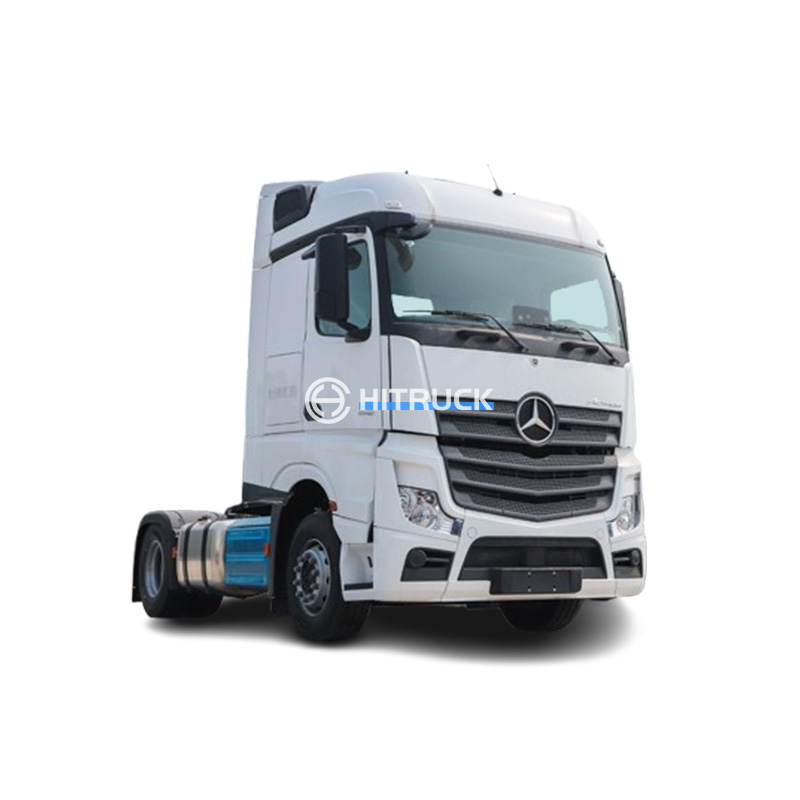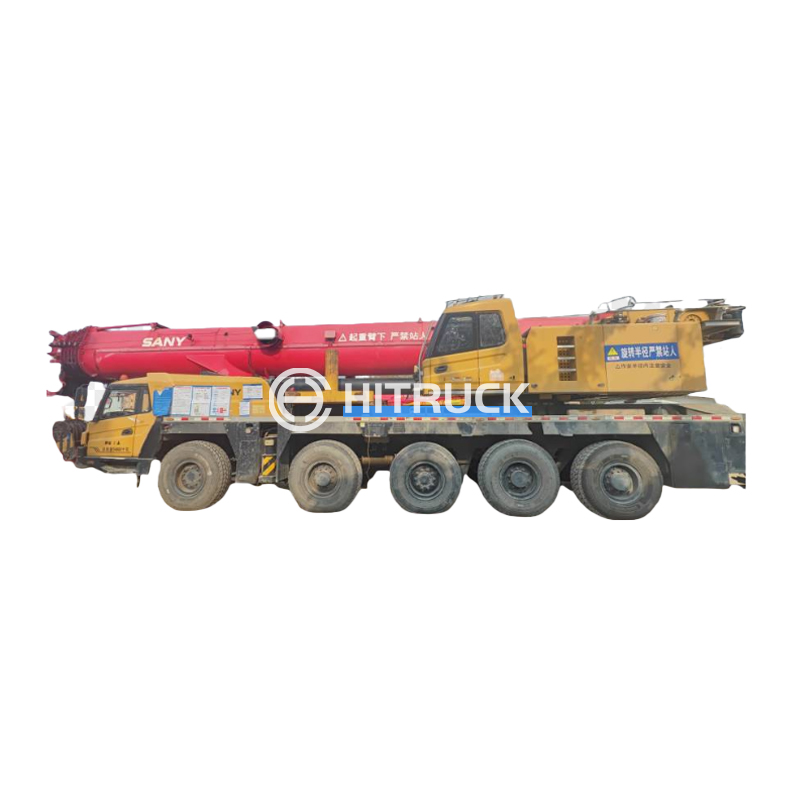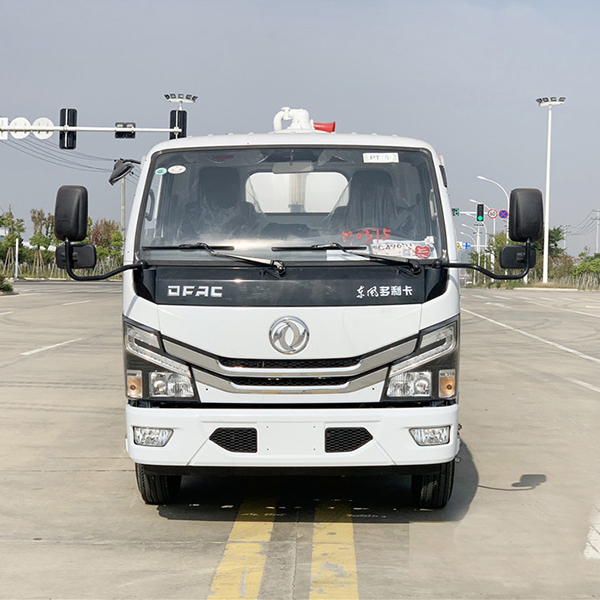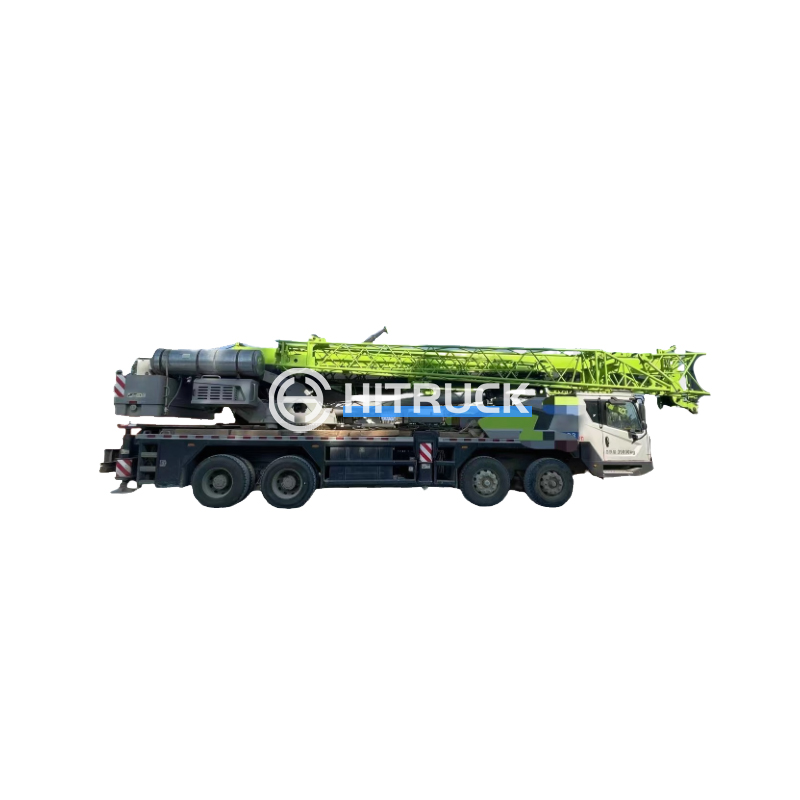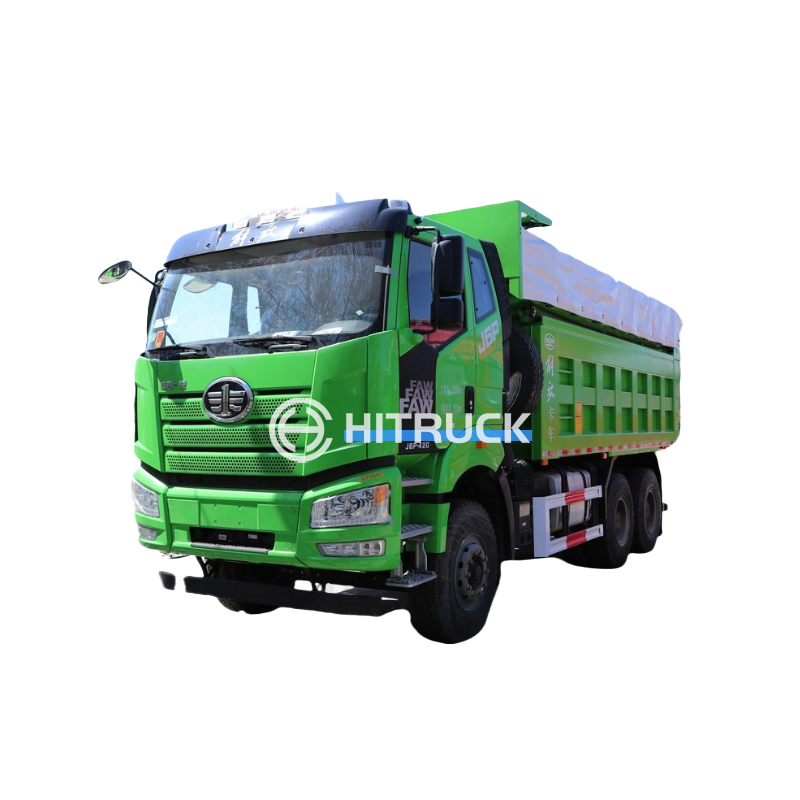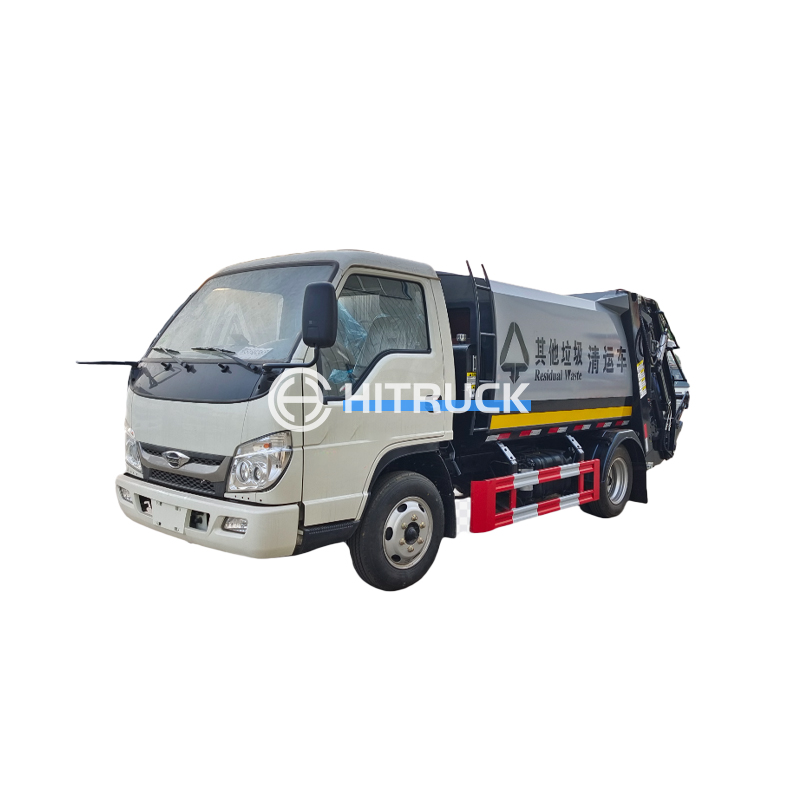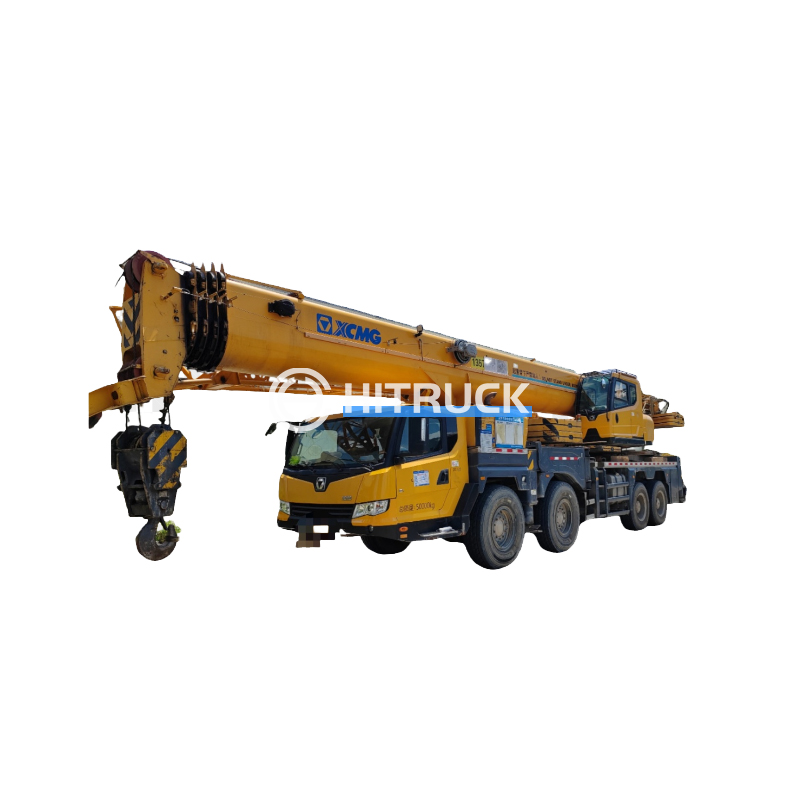Hoist and Crane: A Comprehensive GuideThis guide provides a detailed overview of hoists and cranes, covering their types, applications, safety considerations, and selection criteria. Learn about the differences between various hoist and crane systems, and discover how to choose the right equipment for your specific needs.
Types of Hoists and Cranes
Overhead Cranes
Overhead cranes are commonly used in industrial settings for lifting and moving heavy materials. They consist of a bridge structure spanning the work area, with a trolley carrying the hoist moving along the bridge. Overhead cranes are categorized into several types, including gantry cranes (which stand on legs rather than a runway), jib cranes (with a rotating arm), and bridge cranes (which run on tracks). The choice of overhead crane depends on factors like load capacity, span, and headroom. For heavy-duty lifting needs in a large warehouse, a bridge crane from a reputable supplier like those found on sites similar to [https://www.hitruckmall.com/](https://www.hitruckmall.com/) might be the ideal solution.
Chain Hoists
Chain hoists are manually or electrically operated lifting devices that use a chain to lift and lower loads. They are relatively simple, portable, and versatile, making them suitable for various applications, from light-duty lifting in workshops to heavier applications with the appropriate model. Selecting the correct chain hoist will depend on the load capacity and lifting height required.
Electric Hoists
Electric hoists offer a more efficient and powerful lifting solution compared to manual chain hoists. They are available in various capacities and configurations, such as wire rope hoists and chain hoists. Electric hoists can be integrated into overhead crane systems or used independently with a trolley system. Features to consider include lifting speed, motor power, and safety features like overload protection.
Mobile Cranes
Mobile cranes are self-propelled machines used for lifting heavy loads at various locations. They are highly versatile and are used extensively in construction, demolition, and other industries. Types of mobile cranes include rough terrain cranes, all-terrain cranes, and crawler cranes, each suited for different terrain and lifting needs. When selecting a mobile crane, consider factors like lifting capacity, reach, and stability.
Choosing the Right Hoist and Crane
The selection of an appropriate
hoist and crane system depends on several critical factors: Lifting Capacity: Determine the maximum weight the
hoist and crane needs to lift. Lifting Height: Consider the required vertical lifting distance. Span: For overhead cranes, this refers to the distance between the crane's supporting columns or runways. Working Environment: The environment (indoors or outdoors, temperature, humidity) will influence the choice of materials and protection required. Frequency of Use: Regular use necessitates a more robust and durable
hoist and crane. Safety Features: Look for features like overload protection, emergency stops, and limit switches.
Safety Considerations
Safety should be a top priority when operating
hoists and cranes. Regular inspections, operator training, and adherence to safety regulations are crucial. Ensure all equipment is correctly maintained and that operators are properly trained before operating any
hoist or crane system.
Maintenance and Inspection
Regular maintenance and inspections are vital to ensuring the safe and efficient operation of
hoists and cranes. This includes regular lubrication, checks for wear and tear, and safety inspections to identify any potential problems before they lead to accidents. Follow manufacturer's recommendations for inspection schedules.
| Feature | Chain Hoist | Electric Hoist |
| Lifting Capacity | Variable, typically lower than electric hoists | Variable, typically higher than chain hoists |
| Power Source | Manual or electric | Electric |
| Speed | Slower than electric hoists | Faster than chain hoists |
| Cost | Generally less expensive | Generally more expensive |
This guide provides a foundational understanding of
hoists and cranes. Remember to always consult with professionals and adhere to safety regulations when selecting and operating these vital pieces of equipment. For specific product information and purchasing options, you may want to explore various industry suppliers.

